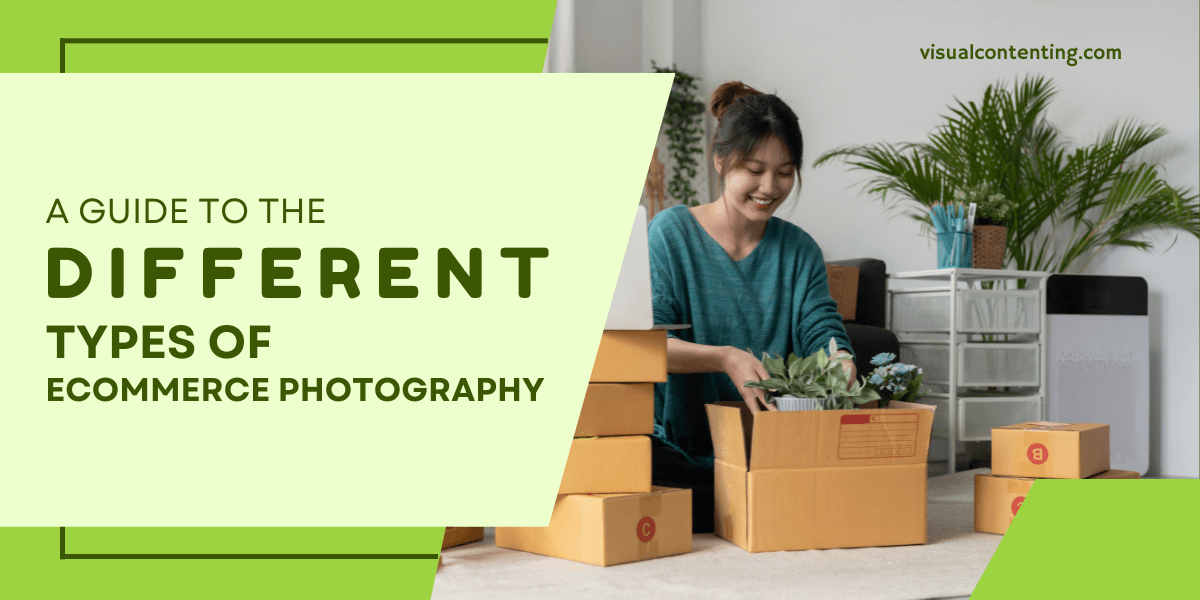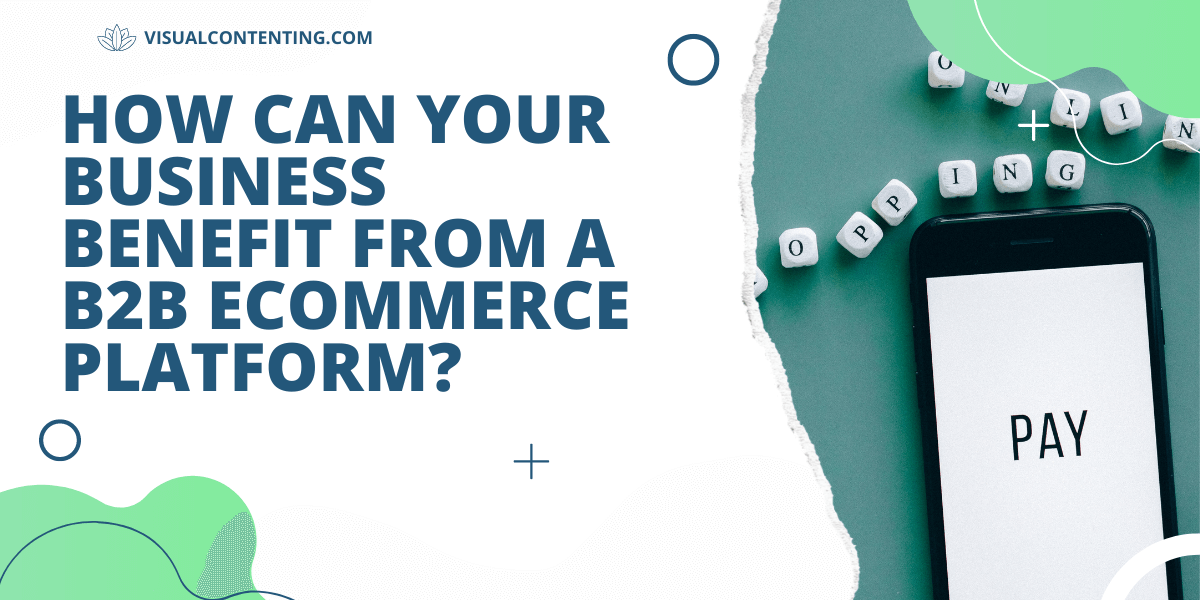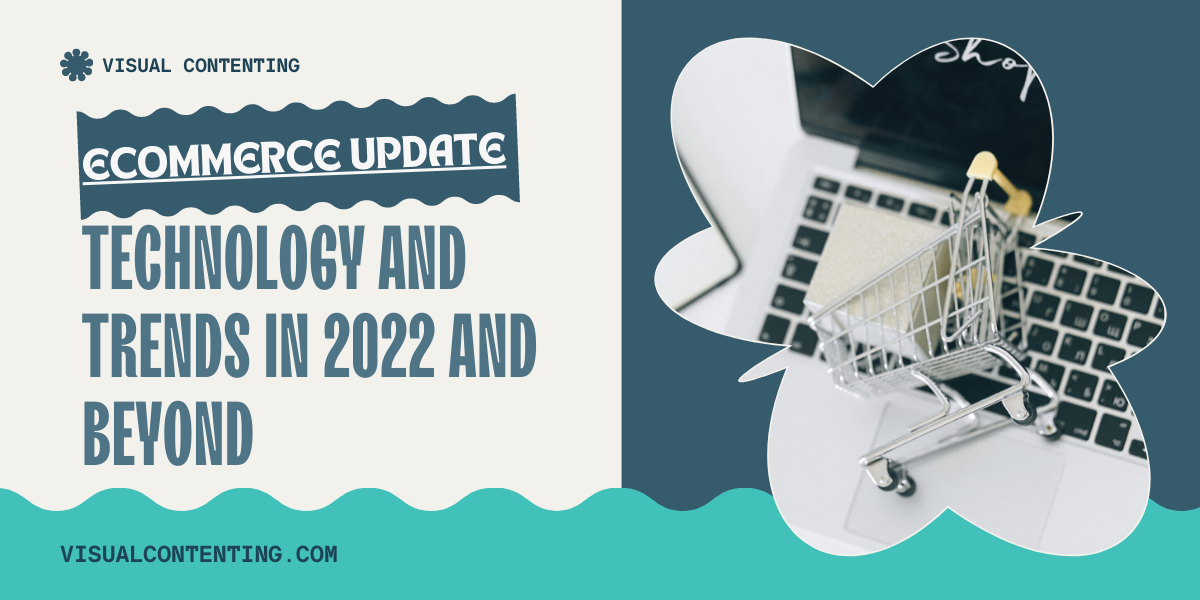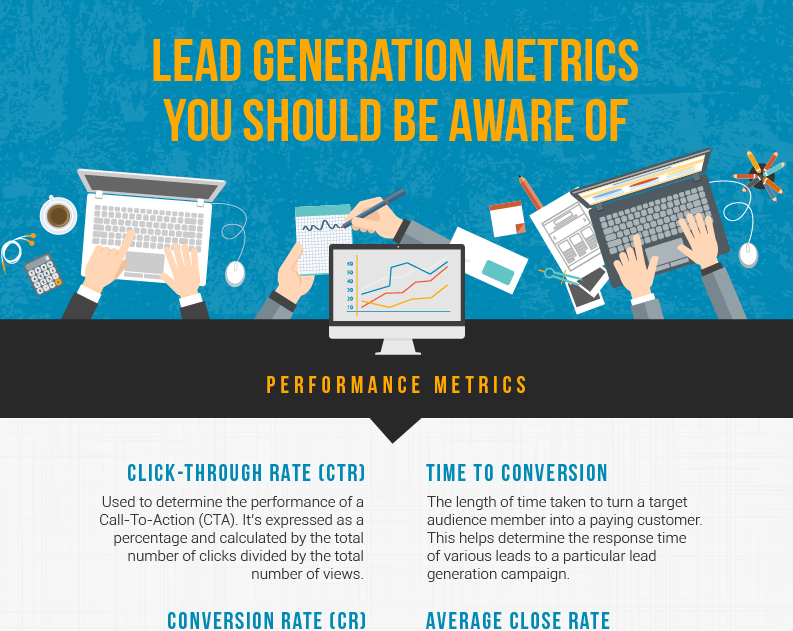E-commerce is a booming industry and is expected to continue growing year over year. In 2018, almost 12 percent of all retail sales around the world came from e-commerce. Predictions indicate this figure will continue to rise to 17.5 percent by 2021. That being said, there is no better time to start optimizing your e-commerce store than right now.
If you want to boost your sales, it is important that you pay attention to trends and adopt the ones that make sense for your business. Below are just some of the e-commerce trends you need to keep an eye on in 2019:
Faster Shipping and Better Logistics
Dropshipping
This is a growing trend among online vendors and that is especially easy to adopt if you are short on space or capital for starting a business. Dropshipping means that the vendor doesn’t keep their inventory on hand for the items they are selling. As the seller, you buy products from wholesalers or straight from the manufacturer to fulfill your customers’ orders as they come in. This model lets you start your own business sans a large capital commitment. Plus, you aren’t tied to a specific location either since you aren’t having to handle your own products.
Recommended: What Is Dropshipping and How Does It Work?
Better Payment Methods
Convenience is a huge factor in e-commerce (and life in general). One of the best ways to provide customers with a hassle-free shopping experience is to offer a comprehensive selection of payment options. Besides allowing them to pay with debit or credit cards, make sure to offer PayPal and digital wallets, such as Samsung Pay, Walmart Pay, and Apple Pay. The growing popularity of cryptocurrencies also means payment through Bitcoin will become more common and is something more retailers will be adding on. Providing payment methods that customers are comfortable with and put them at ease from ordering online are a great way to build trust and encourage conversions.
Same-day Delivery
Consumers in the digital age value speediness, especially when it comes to order delivery! Couriers and other traditional delivery methods are far from obsolete, but more and more e-commerce shops are offering same-day delivery. In metro areas, some companies even deliver merely two hours after the purchase is completed. The faster you can fulfill customer orders, the more satisfied customers will be and the more likely they will be to return in the future.
Subscription Services
You may think subscription services are a tired model, but you’d be surprised to find they’re still alive and doing well. Many customers like subscription services because it means they get their favorite products consistently and conveniently when they need them. Innovators in this space include Dollar Shave Club and Birchbox—who cracked the code for making subscriptions fun again. For sellers, having subscribers makes it easy to predict your revenue and scale up as your customer base grows.
Purchases through Smartphones
More people are using smartphones not just to surf the internet, but also to complete their online purchases. Make sure that your site experience is taking this behavioral shift into account and mobile shoppers feel ***. On a related note, some experts believe that mobile apps will overtake web browsers as the preferred point for online purchases. Take advantage of this growing trend by installing mobile payment apps in your site or making your very own e-commerce mobile app.
Smarter Marketing Strategies
Mobile Marketing
Mobile devices have become an integral part of daily life, being tools for communication, education, and entertainment. As an e-commerce site owner, you can benefit from this trend by marketing directly to mobile users. Statista says that over 46 percent of users in Asia have bought products using their mobile device and these figures are expected to rise in the coming years. Moreover, the rise of mobile has changed the way people buy, with many consumers researching products before buying them from nearby stores. This trend, called Research Online Purchase Offline (ROPO), is partly responsible for an increase in the number of businesses pairing their e-commerce sites with actual, brick-and-mortar stores.
Targeted Advertising
One of the best features of online advertising is the ability to show your ad to people who will most likely respond positively to them. Programmatic advertising uses datasets based on how users consume content to select the best people for your audience. One example is the Facebook pixel, which you can use even when using third-party e-commerce platforms like Magento.
User-generated Content
Content remains an important aspect of a strong marketing strategy. One of the most compelling types of content you can use is the content your customers create themselves. These could be any type of media – videos, images, stories, or GIFs, and much more! The beauty of this strategy is that it allows you to engage with your community of customers, cultivate positive buzz about your products and establish brand loyalty in the process. Just encourage your customers to share content with your brand, lifestyle photography is a great way to show your products in action!
Influencer Marketing
If you aren’t using influencers to promote your products online, you’re missing out on the approximately 30 percent of consumers that have bought products from non-celebrity influencers recommendations. Having influencers vouch for your products – and your e-commerce site itself – could be one of the most effective ways to increase your revenue and marketing reach this year.
Recommended: How to Do Influencer Marketing for Ecommerce Brands
Social Shopping
The power of social media is undeniable. Facebook, one of the biggest social networks today, had more than two billion monthly active users worldwide at the end of 2018. This means that selling on social media is an important channel to add to your e-commerce toolbox. Facebook now allows users to add a shop to their page, letting you tag products in image posts and videos for a seamless checkout process. Pinterest also offers “shoppable” image posts in addition to product advertising.
Improved Business Technologies
AI and AR
Artificial intelligence (AI) and augmented reality (AR) are no longer just science fiction fare, they’re already aiding e-commerce sites in selling products. AR, for instance, is used to show consumers how products (such as makeup and clothes) will look on them even before they buy. AI, on the other hand, is being tapped for chatbots that interact with buyers, assisting them any hour of the day.
Recommended: eCommerce Chatbots: 5 Things Bots Can Do for Your eCommerce Biz
Automation
Keeping track of your inventory, among other tasks, can be a daunting responsibility. Depending on the circumstances, it may even come with plenty of room for errors. Automation is changing the situation, with certain tools performing tasks like loading and publishing your products, keeping track of your customers’ behavior, and controlling the flow of your ads for you. As a result, you are better able to serve your customers and provide outstanding service. Plus when used in conjunction with artificial intelligence, basic customer support can be automated to better serve your customers and reduce wait times.
Visual and Voice Search
Both image search and voice search are expected to become more powerful drivers of internet sales in the next few years. Image search allows users to search for products through their camera, which means they can search for information about the dress their friend is wearing or the car parked on the corner. This visual search technology isn’t as developed as voice search yet. Voice search allows users to perform a search through speech and is often performed with tools like Siri, Cortana, and Alexa. As proof of its potential, 58 percent of users have already used voice search to look for business in 2017.
Recommended: Voice Search – Why Everyone Is Talking about It (and Why You Should Join the Conversation)
Personalization
Exclusivity is a considerable influence over consumers’ decision-making process for purchases. E-commerce giants like Amazon offer personalized recommendations, as well as wishlist features, and their customers love them for these. This trend will become even more important in 2019 as personalization becomes the norm and an expected aspect of the e-commerce experience.
Conclusion
E-commerce is undoubtedly going to continue to grow and be a huge force for change in the retail industry. Optimize your profitability by getting to know what trends are on the rise and incorporating them into your business’ strategy.
Related Posts
Naida Alabata is a content strategist in Grit PH, she’s also the content manager of Startupcredo and an entrepreneur in the Philippines. She opts to share her expertise in business and digital marketing, she provides tips about content and social media marketing by content contribution.








[…] this article, we will be exploring the pros and cons of using WordPress for eCommerce Store. It will help you to make the right choice. There is always a chance that you might need a custom […]